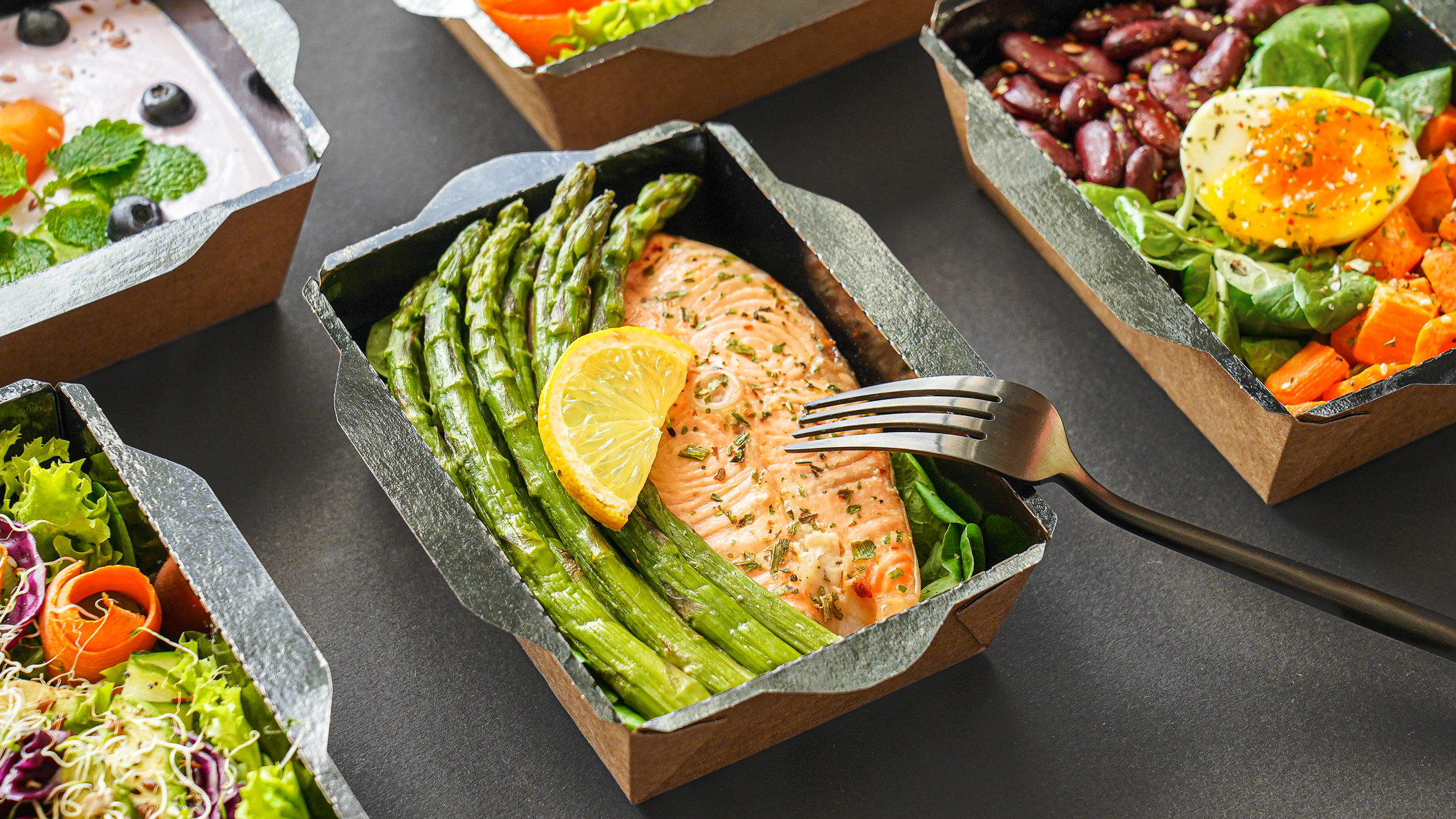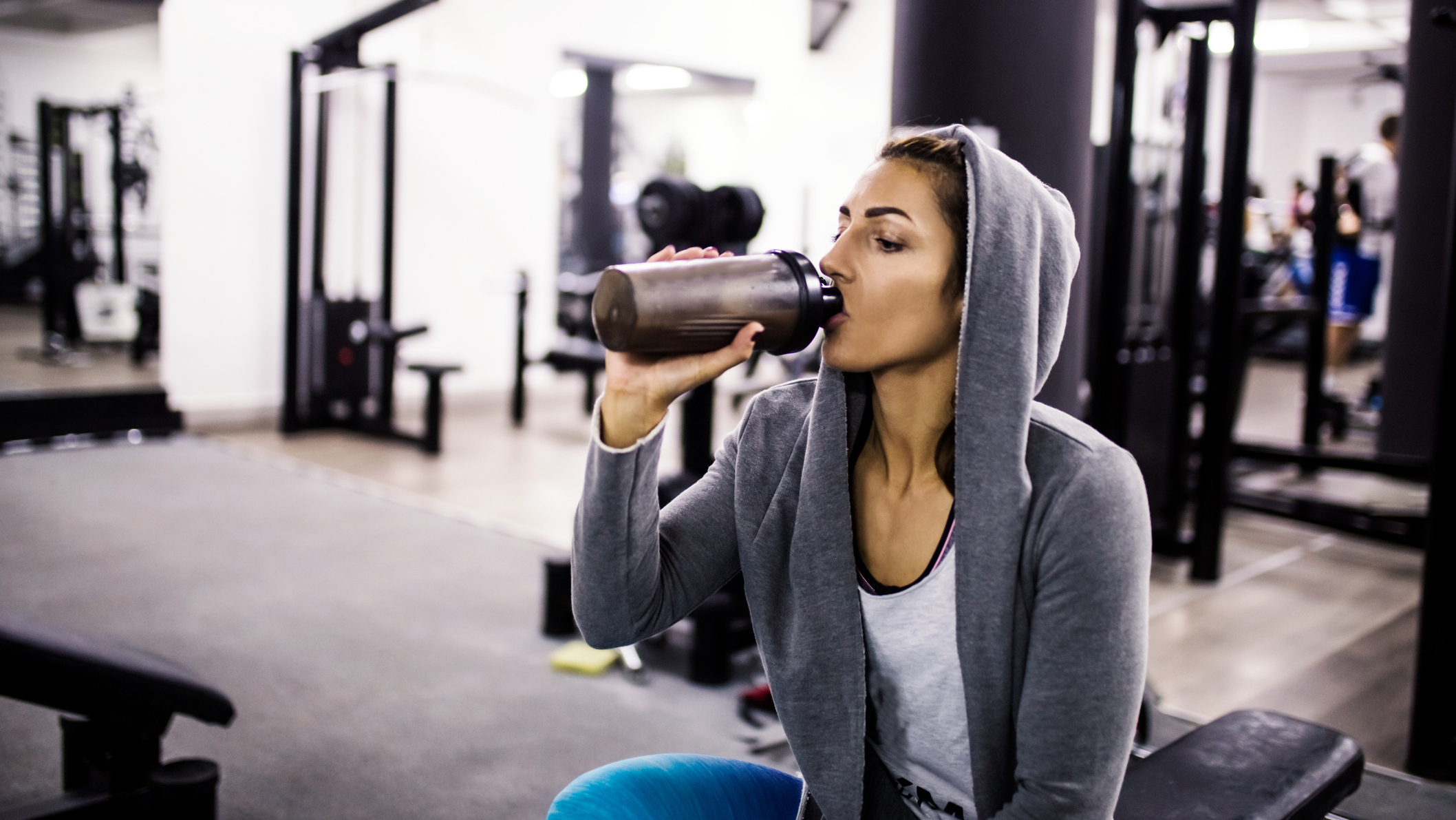Six-Pack Diet: What To Eat To Reveal Your Abs
If you want a six-pack, it’s crucial to focus on your diet as well as your training

No matter how hard you work in the gym, you’re unlikely to get a six-pack if you don’t pay just as much attention to your diet. You’re probably going to have to cut back on calories, but eating less isn’t the only important part of a six-pack diet. For expert advice on how to get a six-pack, we spoke to Mark Bohannon, a personal trainer at Ultimate Performance.
Mark Bohannon is a certified personal trainer with Ultimate Performance, which specialises in body transformations. Bohannon has more than 15 years of experience of training clients and was named personal trainer of the year at the UK Fitness Awards in 2017.
How hard is it to get a six-pack?
Most people don’t understand, or at the very least underestimate, how hard it is to get visible abdominal muscles. Technically speaking, everyone has a six-pack, but for most people they are hidden underneath a layer of fat, or they’re not strong enough, or most likely both.
Unless you’re blessed with incredible genetics, you’re going to need to get your body fat percentage as low as 8-9% for your abs to be visible. That’s low. And to achieve that, you’re going to have to diet hard.
If we take a typical client who starts at 20-25% body fat, getting them to 13-14% is no problem. Most clients can get there through following a good diet, training hard regularly and staying consistent. Going from 13-14% to 8-9% requires a much greater investment of time and effort.
Is a six-pack mostly down to diet?
That is largely true. The best way to achieve such a low level of body fat is to put yourself into a long-term calorie deficit and exercise regularly. Diet will help you reduce body fat, but to speed up the process by which you burn fat and build muscle, you will need to do resistance training.
What should you eat to get a six-pack?
Achieving a six-pack means applying the same dietary principles as you would if you were looking to strengthen any muscle. There’s no special abs diet that is different from the fundamentals of how to lose fat and build muscle.
The first thing you need to do is put yourself in a calorie deficit – consuming fewer calories per day than you expend. Working out what this calorie deficit looks like, day to day, is where a lot of people stumble.
There are all sorts of formulas available on the internet that allow you to enter your current bodyweight and how sedentary your lifestyle is, and it will work out how many calories a day you need to consume to maintain your weight – this is known as your calorific maintenance.
It is not an exact science, but a general rule would be to subtract 500 calories per day from your calorific maintenance level so that you are in a deficit. However, it is important to note that as time progresses and your body fat levels drop, you may need to tweak your diet and increase the calorie deficit if you want to avoid plateauing.
The other main stumbling block people have is calculating their macronutrients – how many grams of protein, carbohydrates and fats – to consume. This can be a minefield unless you have an experienced personal trainer in your corner, but if you want to get a visible six-pack, you’re going to need to get this macronutrient breakdown right.
My advice would be to use an app such as UP Transform, which will do all the work for you. Once you’ve entered your current bodyweight levels and the body composition you want to achieve, the app will automatically work out your daily calorific needs, your exact macronutrient breakdown, and a timeline of how long it will take to achieve your goals. It will also provide meal suggestions. All you need to do is then stick to these targets.

As to what type of foods to eat, as a general rule, base your diet around protein. My recommendation is to aim for 2.2g to 2.8g of protein per kg of lean body mass. Foods such as chicken, turkey, beef, oily fish and eggs, as well as protein shakes, are all great sources of protein. I would stay away from most protein bars though – they tend to have very high amounts of sugar and fat, and they can play havoc with your digestion.
Let me make it clear that you DO NOT need to cut carbohydrates completely out of your diet if you want to achieve a six-pack. In fact, eating the right sort of carbohydrates can actually help with diet adherence.
You want to avoid refined carbohydrates. Complex carbohydrates such as brown rice, wholewheat pasta and sweet potatoes take longer for your body to break down and are full of fibre. They help fill you up so you’re not as hungry, and they don’t cause the same swings in blood sugar as simple carbs.
And at least half your plate, for every meal, should be vegetables. This combination of protein, carbohydrates and vegetables should form the staple of your diet if you’re looking to drop your body fat percentage to a low enough level for your abs to be visible.
What foods should you avoid to get a six-pack?
Takeaways! Actually, that’s not strictly true. As I’ve said, the most important thing you can do to get a visible six-pack is to be in a consistent, long-term calorie deficit, and prioritise lean sources of protein in your diet.
What you should always avoid are very fatty, calorie-dense foods that contain a lot of sugar and salts but have little nutritional value. Yes, they probably taste great, but if you want to achieve a visible six-pack, I’m afraid you’re going to have to sacrifice pizzas and cheeseburgers slathered in sauces.
Are some diets better than others for attaining a six-pack?
Some people I know have achieved a six-pack through a ketogenic diet. Others removed dairy and/or gluten and achieved great results. Some have followed a vegan diet, others carnivore diets, others have eaten a mixture of protein, fats and carbs. What all of those people had in common was that no matter what they ate, they remained in a calorie deficit and prioritised protein. That is absolutely key.
It’s equally important to find a diet you can stick to and that works for you. Just because your next-door neighbour dropped 30kg on a keto diet, it doesn’t mean that it will work for you, for your body or your lifestyle. Find a diet that you can sustain and that works for you.
Some people follow the “if it fits your macros” diet (IIFYM). That means, as long as they’re in a calorie deficit and they’re hitting their prescribed macronutrient goals, they allow themselves to eat whatever they want. For some people, this might work, but I’m not a huge fan. In the long run, a sensible eating approach is best. This means basing your diet on a wide variety of single-ingredient foods.
- Try This 7-Day Meal Plan For Muscle Gain To Get Better Results From The Gym
Can you get a six-pack in 30 days?
How quickly you can achieve a visible six-pack depends on three factors: your starting body fat percentage, your genetics and, crucially, how hard you are prepared to work. Every human being is different and how long it takes one person to achieve a visible six-pack might be drastically different to the next person, even if both people followed the exact same diet and the exact same workout routine for 12 weeks.
You need to be realistic about how long it takes for your abs to be visible. If you have very high levels of body fat, above 25% for example, set yourself realistic expectations. Are you going to achieve a visible six-pack in just 30 days if that is your starting point? No, almost certainly not. So don’t set yourself that target, because it sets you up to fail.
That is not to say that you can’t achieve a tremendous amount in a month. If you are already quite lean, say 12-13%, then you could almost certainly achieve improved body composition in 30 days—if you’re prepared to work very hard. We’re talking about weighing your foods out to the gram, preparing all meals ahead of time, and being meticulous with your macronutrient and calorie intake. In most cases, it means no cheat meals, and no slip ups. Anyone can do this for a day. It’s when you need to do it for four to six weeks in a row, every single day that it becomes a real test.
So, if you’re already quite lean and you’ve got a beach holiday coming up in 30 days, then all-out, single-minded commitment to getting your diet and your workout regime on point could well see you achieve visible abs in 30 days. However, for the average person with average body fat levels, a job to hold down, and social and family commitments to consider, it’s going to be more of a journey. I’m generalizing, but for the average person, you’re looking at more like 12-20 weeks.
Sign up for workout ideas, training advice, reviews of the latest gear and more.

Nick Harris-Fry is a journalist who has been covering health and fitness since 2015. Nick is an avid runner, covering 70-110km a week, which gives him ample opportunity to test a wide range of running shoes and running gear. He is also the chief tester for fitness trackers and running watches, treadmills and exercise bikes, and workout headphones.
